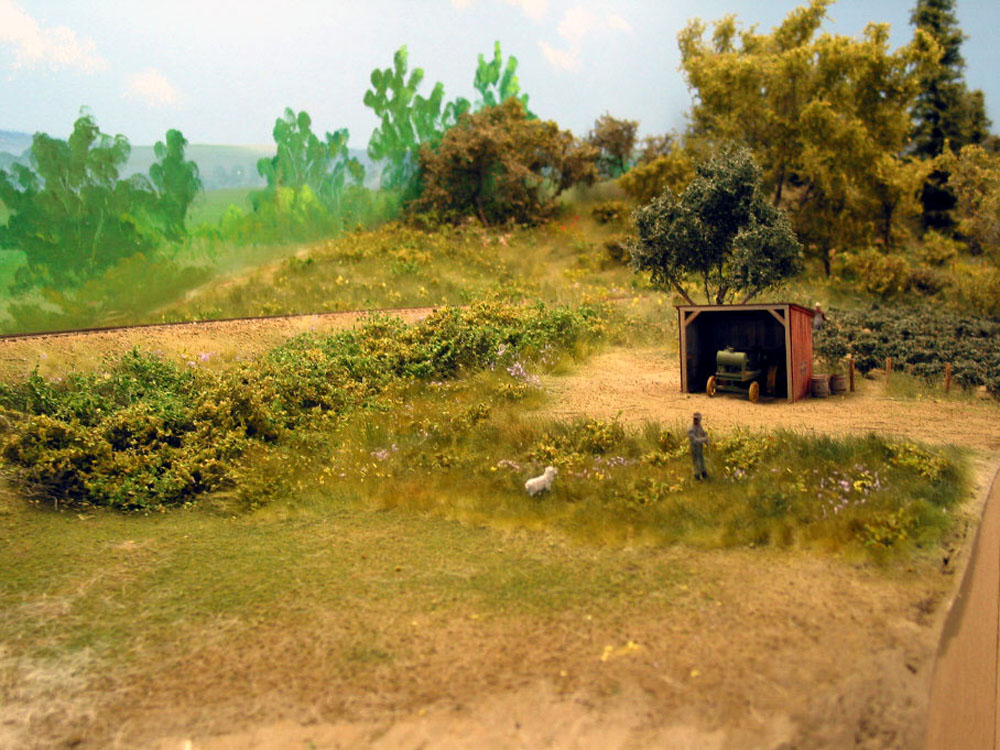In 2008, I posted a set of questions to the MaineOn2 Yahoo! group list under this title. I felt that the Yahoo! group postings had been dominated by other topics such as ”bashing brass and brass owners” in the verbal/written sense not the converting to another type sense, and by complaints about the poor running qualities of particular examples of brass loco’s, and that it was time to encourage other brass loco owners who had been quietly enjoying positive experiences with their collection of loco’s to post about them.
The questions were chosen quite deliberately to allow different locomotives to be selected, recognising that some owners may have a favourite loco which they would not necessarily recommend as a suitable choice for a newcomer.
My thanks to all the contributors for their comments and especially to the late Bill Kerr for updating his replies showing how they have changed over a three year period, and for the “Pearls of Wisdom” from a former Moderator of the Yahoo! Group and long term On2 modeller about starting today.
The collected views have been re-edited in 2013 to present a consistent loco/model naming format to facilitate links etc, and finally posted to the new style FAQ’s site.
Terry2foot
What’s your ***** loco? – part 5
General comments and discussion:
Trevor Marshall: That’s funny, and points to one of the issues that Terry’s question has raised. My Car Works SR&RL #23 ran only so-so – it required torque arms to keep the motor from wrenching itself sideways on the rather flimsy, spring-loaded support structure and setting up a large buzz against the inside of the firebox. Bill Kerr’s #23 apparently tried to tie its own valve motion in knots the first time he set the wires to it. Jerry Kitts’ #23 runs well, apparently.
I bet we could find examples at both ends of the satisfaction index, for every On2 brass model produced (come to that, for every brass model produced, in any scale/gauge combination).
I’d certainly agree with the Prairie vs Forney argument for adding DCC/sound. Some of the Forney installs have been really tight squeezes. The new TSU-750 solves a lot of problems – but not all of them. The guy who tuned my SR&RL 21 said he needed to add two torque arms to the mechanism, widen the slot in the boiler bottom to accommodate them, then spent great whacks of time trying to thread the wires for the headlight past the improved mechanicals. His advice, “don’t open it up. Ever.” 🙂
Jerry Kitts: I agree that brass locomotives are all over the place when it comes to quality. Odd part is I have worked on four of the No. 23s and all of them were gems.
John Rogers: (who seems to have more motor and gearbox problems than the rest of us): I have a variety of models but they all seem to blow out the gear box sooner or later. My favourite is #24 which looks “cool”. It runs OK with the factory gear box and motor and has not blown out as yet. My number 23 blew last month and is in for the new gear and motor. My #10 runs ok but is noisy and has an intermittent short and may have blown the gear box also.
Bill Kerr 2011: Sacrilege, but if I were starting today I would seriously look at Bachmann On30. Their Forney can be the good basis of several locos for the two footers, both inside and outside frame. Several good kits are available to change the look. And they run. A loco with sound for around $200! And the parts are so easily interchangeable. I bought one without sound for $90 just for spare parts. Eventually I will get around to making a proper photo etched frame with bearings to re-gauge to On2 ( .5″), decided that filing the metal Bachmann frame down, is not the way to go. I have several engines that I want to model (SRR 16, SR&RL 8, SR&RL 9). Bachmann did it right, they made a good Baldwin catalogue engine, rather then going for a specific prototype.
Terry Smith writing 2013: I would also echo Bill Kerr’s 2011 comments posted above as being good advice to a newcomer rather than “sacrilege”. I give similar advice when asked personally in face to face discussions, adding “buy a couple of freight cars kits and BUILD them”. If the person asks about the difference in gauge, then I reply “it only matters if YOU can see it, get some experience and if you can still see it then switch, but in the certain knowledge of what is actually involved.”
To visit other sections of “What’s your ***** loco?” click on the blue text below;-
Updated: 05 May 2023.
